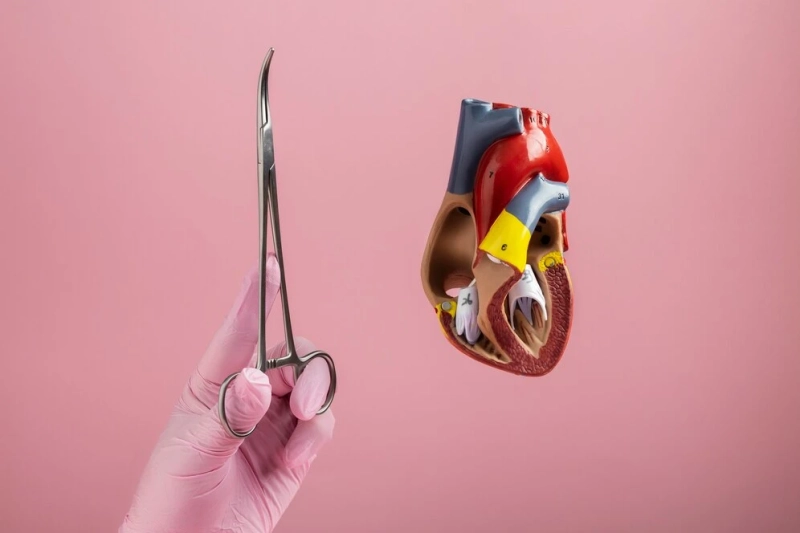Bypass surgery, often referred to as coronary artery bypass grafting (CABG), is a crucial procedure for patients with significant coronary artery disease. This surgery aims to restore normal blood flow to an obstructed coronary artery, thereby preventing heart attacks and improving overall heart function. However, bypass surgery is not a one-size-fits-all procedure; various types exist to cater to different patient needs and conditions. Here, we delve into the different types of bypass surgery, their procedures, and their specific applications.
Coronary Artery Bypass Grafting (CABG)
Traditional CABG: This is the most common form of bypass surgery. In traditional CABG, a surgeon uses a blood vessel graft to create a new route around blocked or narrowed coronary arteries. These grafts are typically taken from the patient's own body, such as the saphenous vein in the leg or the internal mammary artery in the chest. The heart is usually stopped during the procedure, and a heart-lung machine takes over the blood circulation and oxygenation.
Off-Pump CABG: Also known as beating-heart bypass surgery, this variation is performed while the heart is still beating. Surgeons use stabilizing devices to isolate the part of the heart being operated on. Off-pump CABG may reduce complications related to the heart-lung machine, such as neurological issues or stroke, and is particularly beneficial for high-risk patients.
Minimally Invasive Direct Coronary Artery Bypass (MIDCAB): This technique involves smaller incisions and no use of the heart-lung machine. MIDCAB is usually limited to bypassing one or two coronary arteries on the front side of the heart. This less invasive approach results in faster recovery times, reduced pain, and lower risk of infection.
Peripheral Artery Bypass Surgery
Peripheral artery bypass surgery is performed to circumvent blocked arteries in the legs or arms. The procedure improves blood flow to the limbs and alleviates symptoms like pain and cramping. Similar to CABG, peripheral artery bypass uses grafts, often from a vein or a synthetic graft, to create a new path for blood flow.
Cerebral (Carotid) Artery Bypass Surgery
This type of bypass surgery is performed to prevent strokes by improving blood flow to the brain. In carotid artery bypass, a surgeon uses a graft to reroute blood around a blocked carotid artery in the neck. This surgery is critical for patients with significant carotid artery disease who are at high risk for strokes.
Types of Grafts Used in Bypass Surgery
Different types of grafts can be used in bypass surgeries, each with its specific advantages and applications:
Autologous Grafts: These grafts are taken from the patient's own body, such as the saphenous vein, radial artery, or internal mammary artery. They are generally preferred due to their compatibility and lower risk of rejection.
Synthetic Grafts: Made from materials like Dacron or expanded polytetrafluoroethylene (ePTFE), synthetic grafts are used when suitable autologous vessels are not available. They are commonly used in peripheral artery bypass surgery.
Allografts and Xenografts: These grafts are harvested from donors (allografts) or animals (xenografts). While less common, they are sometimes used when other options are not viable.
Recovery and Risks
Recovery from bypass surgery varies based on the type of procedure performed. Traditional CABG may require a hospital stay of up to a week, with several weeks of at-home recovery. Minimally invasive procedures like MIDCAB typically have shorter recovery periods.
Despite the high success rates, bypass surgery carries risks, including infection, bleeding, heart attack, stroke, and complications related to anesthesia. Long-term risks include graft failure, which may necessitate further intervention.
Conclusion
Understanding the different types of bypass surgery helps patients and caregivers make informed decisions about Heart Bypass Treatment In India. Whether it's CABG, peripheral artery bypass, or carotid artery bypass, each type plays a vital role in improving blood flow and preventing life-threatening complications.



